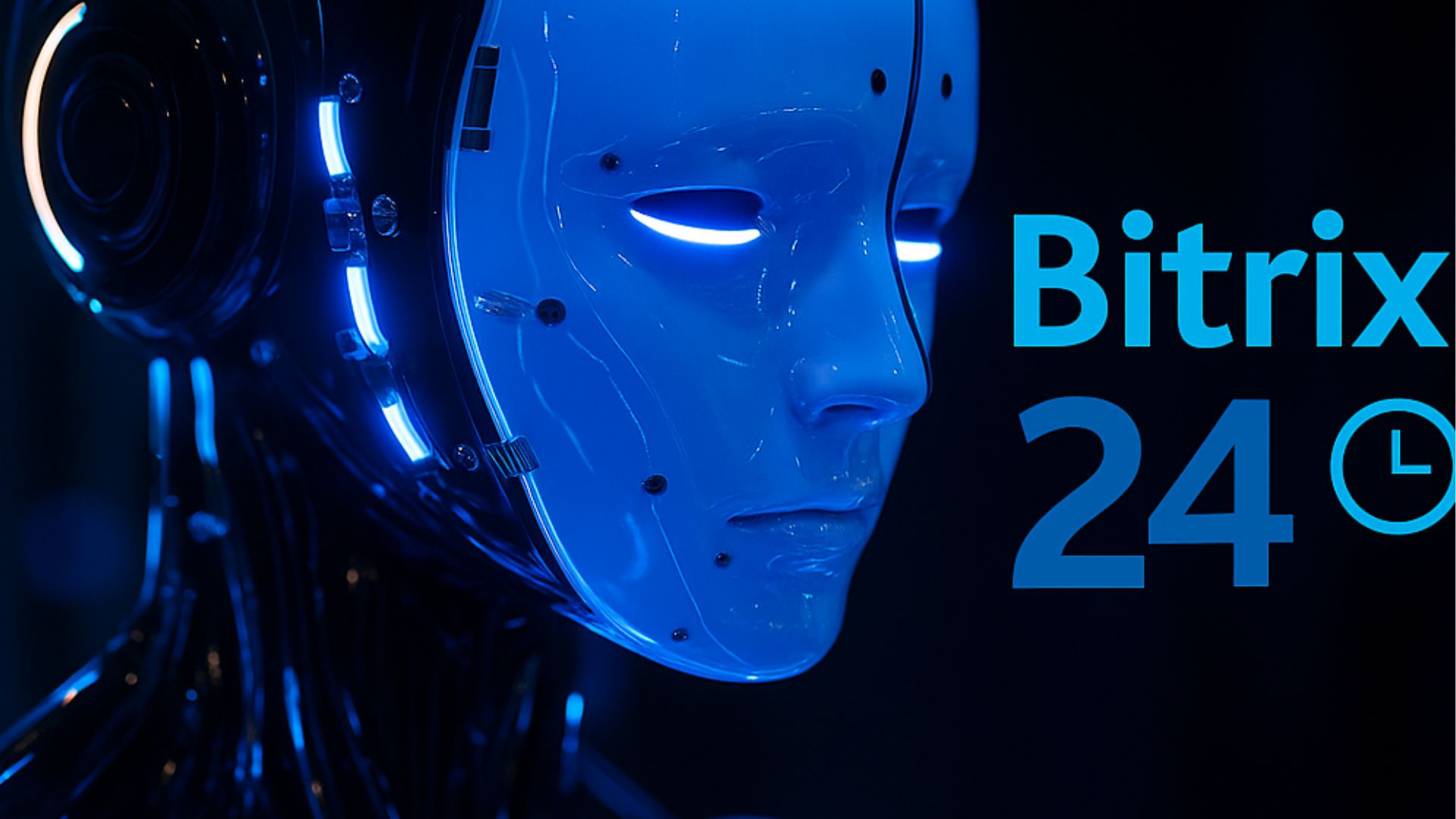The 2025 Guide to Chatbots in the Banking Industry

The banking sector is changing fast as AI reshapes how banks talk to customers. Chatbots in the banking industry have grown from simple systems to smart digital helpers that handle complex money tasks and give personal advice. This move toward automation is more than just new tech—it's a complete rethink of customer service in the digital world.
Today's banking customers want instant, correct answers any time of day. They want smooth experiences that mix digital ease with expert human advice. Conversational AI in banking bridges the gap between what customers expect and what banks can deliver, offering 24/7 support while cutting costs and improving service.
This guide covers the current state and future of banking chatbots. We'll look at:
- The technologies that power them
- How they're used in real banking situations
- The challenges banks face when setting up these systems
- How top banks use these tools to improve customer experience
We'll explore how leading banks use these tools to enhance customer experience, make operations smoother, and stay competitive in an increasingly digital market.
Why Banks Are Adopting Chatbots in 2025
Digital change in banking has been remarkable. What started as a slow shift to online services has become a complete makeover of how banks work and serve customers. AI chatbots in banking are a key part of this change, driven by both better technology and changing customer needs.
Customer behavior has changed completely since the pandemic. Today's banking customers demand quick responses to their questions. They expect the same speed they get from other digital services. Old call centers with long waits and limited hours don't meet these needs anymore. Banking AI chatbot systems give immediate help, handling thousands of chats at once without delays.
Making operations more efficient has become crucial as banks face pressure to cut costs while keeping service quality high. AI chatbot for bank technology offers a solution that grows easily with demand. Unlike human agents who handle one chat at a time, chatbots manage multiple talks at once, processing routine questions in seconds instead of minutes.
Key benefits include:
- Cost reduction: Up to 30% savings in customer service costs. Banks can significantly reduce operational expenses by automating routine inquiries that typically require human agents. This cost reduction comes from decreased staffing needs, lower training expenses, and reduced infrastructure requirements for call centers.
- 24/7 availability: Round-the-clock support without staff overtime. Customers can access banking services at any time, including weekends and holidays, without additional staffing costs. This constant availability improves customer satisfaction and allows banks to serve global customers across different time zones effectively.
- Instant responses: No waiting in queues or callbacks. Chatbots eliminate the frustration of long hold times and busy signals that plague traditional call centers. Customers receive immediate acknowledgment of their requests and can resolve simple issues within seconds rather than waiting for available human agents.
- Scalability: Handle peak times without hiring more staff. During busy periods like month-end or holiday seasons, chatbots can manage thousands of simultaneous conversations without performance degradation. This scalability ensures consistent service quality regardless of demand spikes, protecting customer experience during critical periods.
The multilingual abilities of modern chatbots for banks and financial services have also become crucial. As banks expand globally, they need support systems that communicate well across languages and cultures. Chatbots can be programmed to understand and respond in multiple languages while keeping consistent brand voice and accurate financial information across all channels.
Enhancing Customer Experience Through Chatbots
The real power of conversational AI in banking lies in its ability to personalize interactions at scale. Modern chatbots can access customer account histories, spending patterns, and preferences to provide tailored advice and solutions. When a customer asks about their spending habits, the chatbot doesn't just show raw data—it analyzes patterns and offers helpful insights.
Real-time problem solving has become a cornerstone of modern banking customer service. Financial chatbots can instantly provide:
- Account balances and transaction histories
- Card blocking and replacement services
- Payment scheduling and transfers
- Branch locations and hours
- Product information and rates
The smooth handover to human agents represents another key advancement. Modern chatbots in the banking industry recognize when a conversation needs human help. They collect relevant context and customer information before transferring the chat, ensuring human agents have all the details they need.
Reducing Operational Costs and Increasing Efficiency
Automating routine questions represents one of the biggest benefits of AI chatbot for banks systems. Research shows that up to 80% of customer service calls in banking involve routine questions about balances, transactions, branch locations, or basic product information. By automating these interactions, banks can free their human agents to focus on complex issues that truly need human expertise.
The impact on staff productivity goes beyond simple question handling. When chatbots manage routine tasks, human agents can spend more time on:
- Building customer relationships
- Solving complex problems
- Sales and cross-selling activities
- High-value advisory services
Scaling customer support becomes much more cost-effective with banking bots. During busy periods or service disruptions, traditional staffing models struggle to meet demand without big cost increases. Chatbots handle volume spikes easily, keeping consistent service levels regardless of how many users are online at once.
Core Technologies Powering Banking Chatbots

The foundation of effective conversational AI in banking rests on sophisticated natural language processing and machine learning technologies. Modern NLP systems can understand context, detect mood, and interpret complex financial terms with remarkable accuracy. These systems learn from every interaction, constantly improving their ability to understand customer intent.
Integration capabilities have become equally important as the underlying AI technology. Bank chatbot systems must connect smoothly with existing core banking platforms, customer management systems, and fraud detection tools. This integration lets chatbots access real-time account information, process transactions, and trigger appropriate security measures when needed.
Data security and compliance frameworks represent critical considerations in chatbot setup. Financial institutions operate under strict regulatory requirements. Chatbot systems must be designed with security as a core principle, not an afterthought. This includes:
- Encrypted communication channels
- Secure data storage systems
- Complete audit trails for all interactions
- Regular security testing and updates
AI & NLP Capabilities in Financial Conversations
Understanding user intent in financial contexts requires specialized training and smart algorithms. Chatbot financial services must tell the difference between similar requests that need different responses. For example, distinguishing between a request for account balance and a request for available credit. Advanced NLP systems can parse complex sentences, understand implied meanings, and even detect emotional states.
Fraud detection through behavioral pattern recognition represents an exciting frontier in banking chatbot technology. Financial chatbots can analyze conversation patterns, detect unusual requests, and identify potential security threats in real-time. This capability goes beyond simple rule-based detection to include sophisticated behavioral analysis.
Key NLP capabilities include:
- Intent recognition with 95%+ accuracy
- Sentiment analysis to gauge customer mood
- Multi-language support with cultural context
- Financial terminology understanding
- Context retention across conversation turns
Secure Integrations and Transactional Chatbots
Enabling secure transactions through chatbot interfaces requires robust authentication mechanisms and encrypted communication protocols. Modern chatbots for banks and financial services can facilitate balance inquiries, fund transfers, bill payments, and card management functions while maintaining the highest security standards.
Security measures include:
- Biometric authentication (voice recognition, fingerprints)
- Two-factor authentication integration
- Behavioral biometrics analysis
- End-to-end encryption for all communications
- Secure token exchange mechanisms
The implementation of encrypted messaging ensures that sensitive financial information stays protected throughout the conversation. Advanced chatbot systems use end-to-end encryption and secure token exchange mechanisms that prevent unauthorized access to customer data.
Real-World Use Cases of Chatbots in Banking
The practical applications of chatbots in the banking industry extend far beyond simple customer service functions. Leading banks have implemented comprehensive chatbot ecosystems that support customer onboarding, loan processing, investment advice, and even internal operations. Bank of America's Erica has handled over one billion customer interactions, showing the scalability and effectiveness of well-designed chatbot systems.
Customer onboarding represents one of the most impactful use cases for banking AI chatbot technology. New customers can complete account applications, document verification, and initial product setup through guided chatbot interactions. This process reduces the time required for account opening from days to hours while ensuring consistent compliance with regulatory requirements.
Popular chatbot applications include:
- Account opening: Guided application process with document upload
- Loan pre-qualification: Quick eligibility checks and rate estimates
- Investment advice: Basic portfolio recommendations and risk assessment
- Fraud alerts: Real-time notifications and card blocking
- Bill pay setup: Automated payment scheduling and management
- Credit monitoring: Score updates and improvement tips
Loan assistance and wealth management applications showcase the sophisticated capabilities of modern AI chatbots in banking. These systems can pre-qualify customers for loan products, explain complex financial concepts, and even provide basic investment advice based on customer profiles and risk tolerance.
Challenges & Regulatory Considerations in 2025

Data privacy regulations, including GDPR and CCPA, create complex compliance requirements for conversational AI in banking implementations. Banks must ensure that chatbot systems collect, process, and store customer data according to applicable regulations while maintaining the functionality that customers expect. This balance requires careful system design and ongoing monitoring.
Major compliance challenges include:
- Data retention policies: How long to store conversation logs
- Consent management: Getting proper permission for data use
- Right to deletion: Removing customer data upon request
- Cross-border transfers: Managing data across different jurisdictions
- Audit requirements: Maintaining detailed records for regulators
Maintaining customer trust represents an ongoing challenge as chatbot technology becomes more sophisticated. Customers need to understand when they're interacting with AI systems and have confidence that these systems will protect their interests. Clear communication about chatbot capabilities and limitations helps build this trust.
The limitations of current chatbot technology require comprehensive human fallback strategies. While financial chatbots excel at handling routine inquiries and transactions, complex financial planning, emotional support during financial hardship, and nuanced problem-solving still require human intervention. Successful implementations recognize these limitations and design systems that smoothly transition to human agents when necessary.
Future Trends for Banking Chatbots Beyond 2025
Voice-first banking represents the next major evolution in chatbots for banks and financial services. As smart speakers and voice assistants become common, customers increasingly expect to manage their finances through voice commands. This shift requires new approaches to authentication, privacy, and user interface design that work well with voice interactions.
Future developments include:
- Voice biometrics: Using voice patterns for secure authentication
- Ambient banking: Financial services integrated into smart home devices
- Multimodal interfaces: Combining voice, text, and visual elements
- Predictive banking: Anticipating customer needs before they ask
- Emotional AI: Recognizing and responding to customer emotions
AI-powered financial advice and proactive risk alerts show the potential for chatbots to become true financial advisors rather than simple service tools. Future bank chatbot systems will likely predict customer needs, identify potential financial problems before they occur, and proactively suggest solutions.
Hyper-personalization through predictive analytics and behavioral AI will enable chatbots in the banking industry to provide increasingly sophisticated and tailored experiences. These systems will understand individual customer preferences, predict future needs, and customize every interaction to maximize value for both the customer and the bank.
Advanced personalization features will include spending pattern analysis, proactive financial health warnings, and customized product recommendations based on life events. For example, when a customer's spending patterns suggest they're planning a major purchase, the chatbot can proactively offer relevant loan products or savings strategies.
The integration of external data sources will further enhance chatbot capabilities. By connecting with credit bureaus, market data providers, and even social media platforms (with proper consent), banking AI chatbot systems will gain deeper insights into customer needs. This comprehensive view enables more accurate risk assessment, better product matching, and improved fraud detection.
Regulatory technology (RegTech) integration will become standard in future chatbot implementations. These systems will automatically ensure compliance with changing regulations, update privacy policies in real-time, and provide audit trails that satisfy regulatory requirements. This automation reduces compliance costs while minimizing regulatory risks.
The future of banking lies in the smooth integration of human expertise and artificial intelligence, with chatbots serving as the primary interface between customers and financial services. Banks that successfully implement and evolve these systems will gain significant competitive advantages in customer satisfaction, operational efficiency, and market responsiveness.


